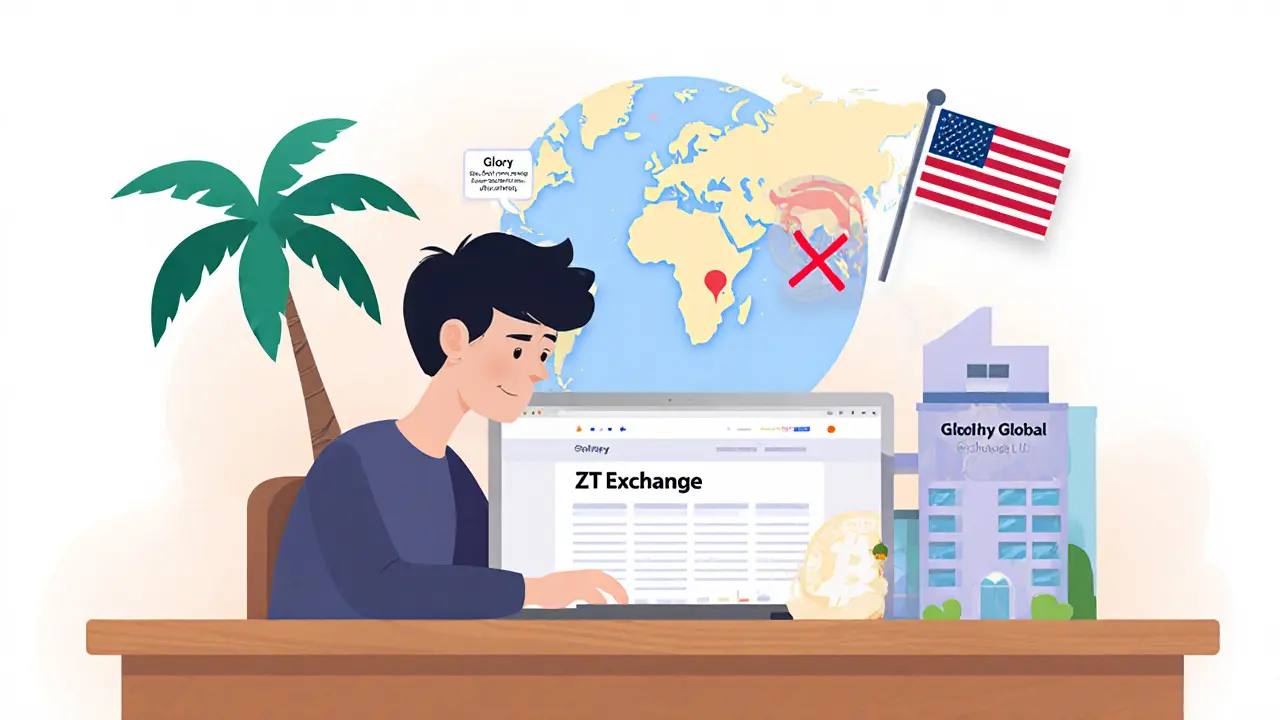ZT Margin Trading: What You Need to Know
When diving into ZT margin trading, the practice of borrowing funds to amplify crypto positions on the ZT platform, ZT MT, traders instantly face questions about leverage, the multiplier that decides how much extra capital you can control and which crypto exchanges are safest. ZT margin trading isn’t a magic button; it’s a tool that lets you magnify gains—but also magnifies losses. The core idea is simple: you put down a fraction of the position, borrow the rest, and hope the market moves in your favor.
One major sub‑type you’ll encounter is decentralized futures, contracts that let you bet on future prices without a central authority. These contracts sit on top of ZT’s margin engine, letting you lock in exposure for days or weeks. Because they run on smart contracts, you avoid the typical custodial risk of centralized platforms, but you inherit code risk—if the contract has a bug, your funds could disappear. Decentralized futures also let you set custom leverage levels, which ties back to the leverage concept and shows how one entity (leverage) influences another (future contracts). Understanding this relationship helps you pick the right product for your risk appetite.
Smart traders treat risk management, the set of practices to limit potential losses while using margin as a non‑negotiable habit. A common rule is never to risk more than 1‑2 % of your total capital on a single leveraged trade. Stop‑loss orders, position sizing, and regular equity checks are the basics. If you ignore risk management, the high volatility of crypto can wipe you out in minutes, especially when you’re using 10× or higher leverage. Pairing solid risk management with the right amount of leverage creates a safety net that many traders overlook.
The regulatory environment around margin trading is shifting fast. In many jurisdictions, crypto regulations now require platforms to register, disclose margin terms, and enforce KYC/AML checks. ZT has adapted by integrating identity verification while still offering a semi‑decentralized experience. Knowing the local regulatory stance helps you avoid unexpected account freezes or legal trouble. It also influences which exchanges support ZT margin trading, linking back to the “crypto exchanges” concept mentioned earlier.
To stay on top of fast‑moving markets, many users rely on trading bots—automated scripts that execute orders based on predefined criteria. On ZT, bot integration can handle liquidation warnings, adjust leverage on the fly, and even execute hedge trades across multiple platforms. While bots can boost efficiency, they also amplify mistakes if the underlying strategy is flawed. Treat bots as extensions of your risk management plan, not as replacements for human oversight.
Crypto’s price swings are legendary, and volatility is the fuel behind margin profits. Monitoring indicators like the Relative Strength Index (RSI), Volume‑Weighted Average Price (VWAP), and on‑chain metrics gives you a clearer picture of when a leveraged position might turn. High volatility can create rapid profit windows but also sudden liquidations. Pairing market analysis with the leverage level you choose creates a feedback loop: the more volatile the asset, the tighter your risk controls should be.
Ready to try ZT margin trading? First, open an account on a supporting crypto exchange that lists ZT pairs, complete the KYC flow, and deposit collateral. Next, navigate to the margin section, select your desired leverage, and place a test trade with a small amount. Track the position closely, set stop‑losses, and adjust based on real‑time market data. Starting small lets you learn the platform mechanics, the impact of leverage, and how risk management feels in practice.
Below you’ll find a curated mix of articles that dig deeper into each of these topics—from platform reviews and fee breakdowns to detailed risk‑management checklists and the latest regulatory updates. Use the collection as a toolbox to sharpen your ZT margin trading strategy and stay ahead of the curve.
ZT Crypto Exchange Review 2025: Safe Platform or Scam?
Posted By Tristan Valehart On 24 Oct 2025 Comments (15)

In-depth 2025 review of ZT Crypto Exchange covering fees, security, regulation, user experience, and whether it's a legit platform or a scam.
READ MORE
